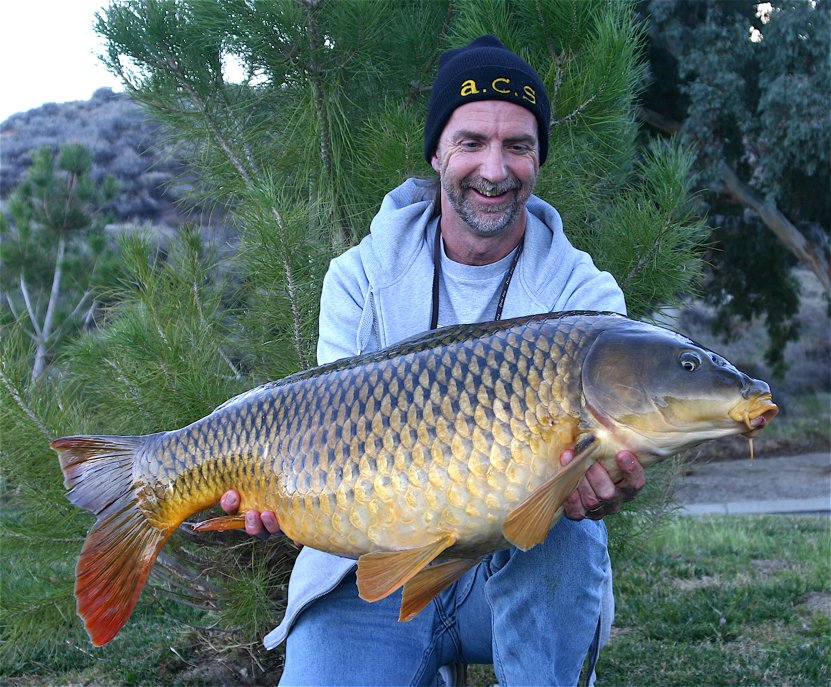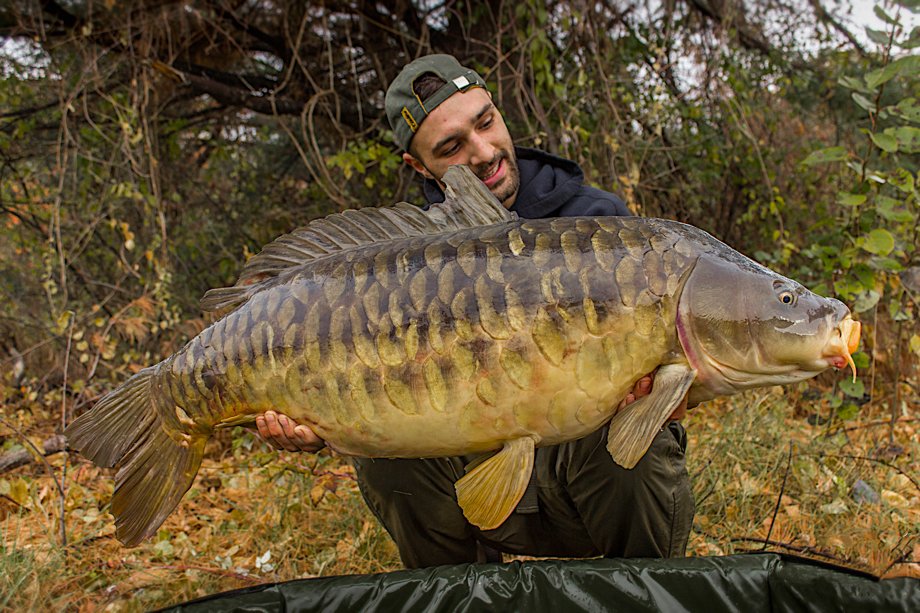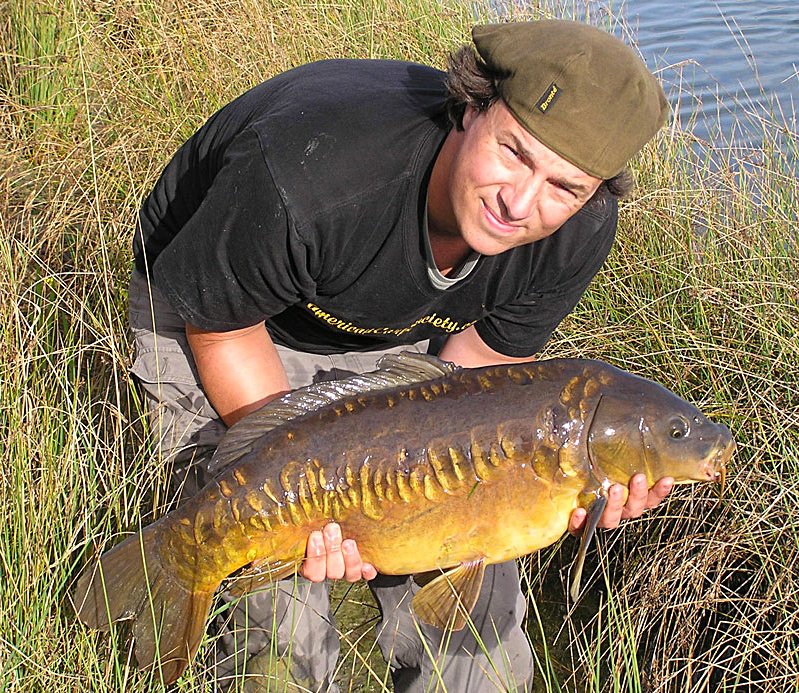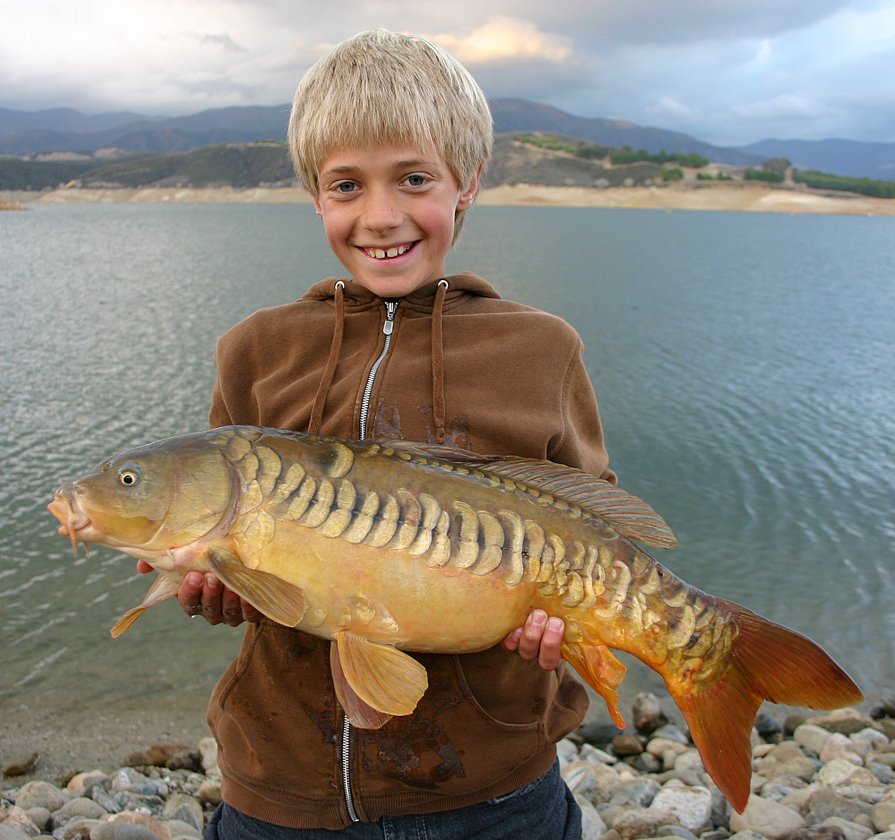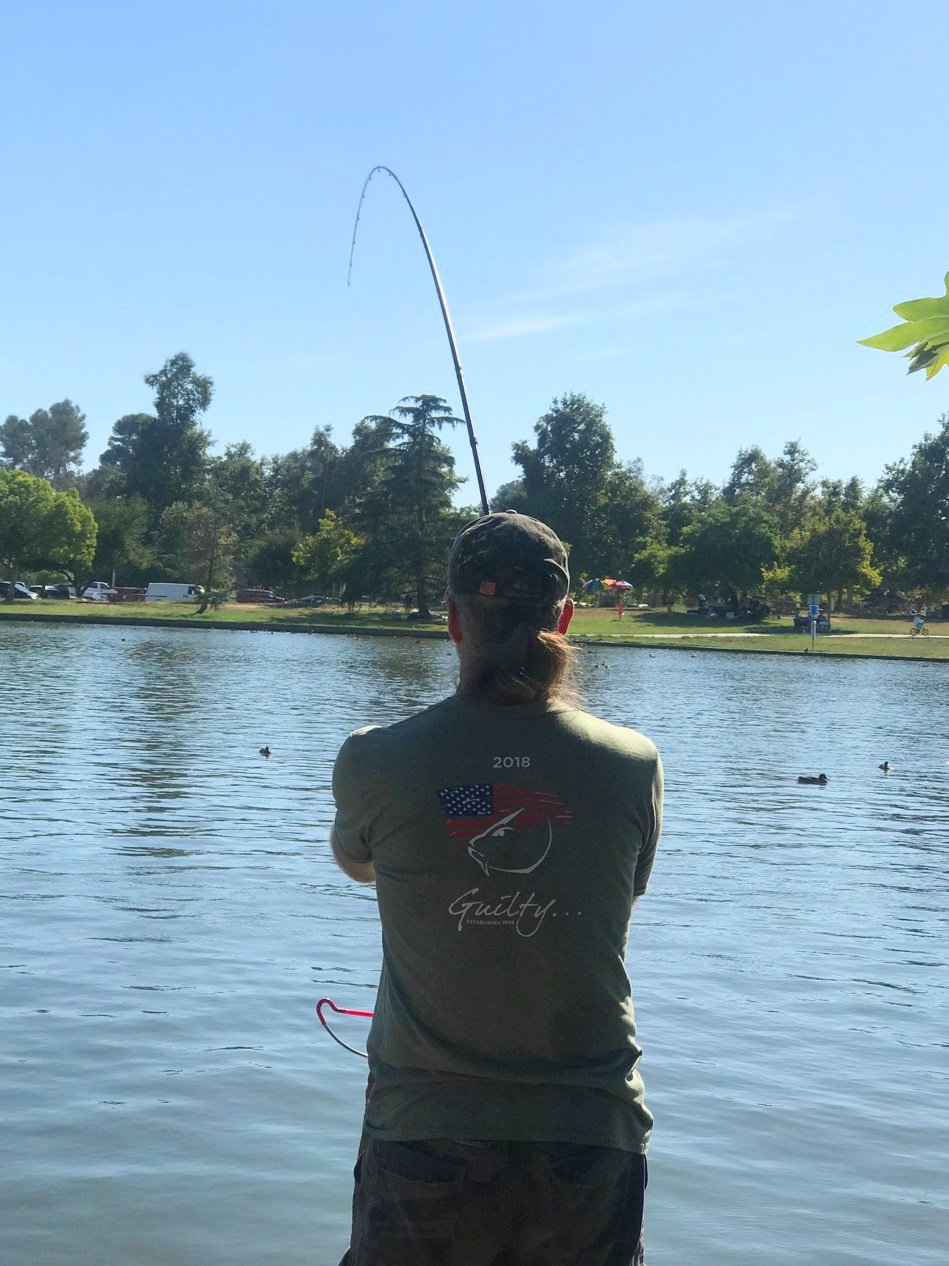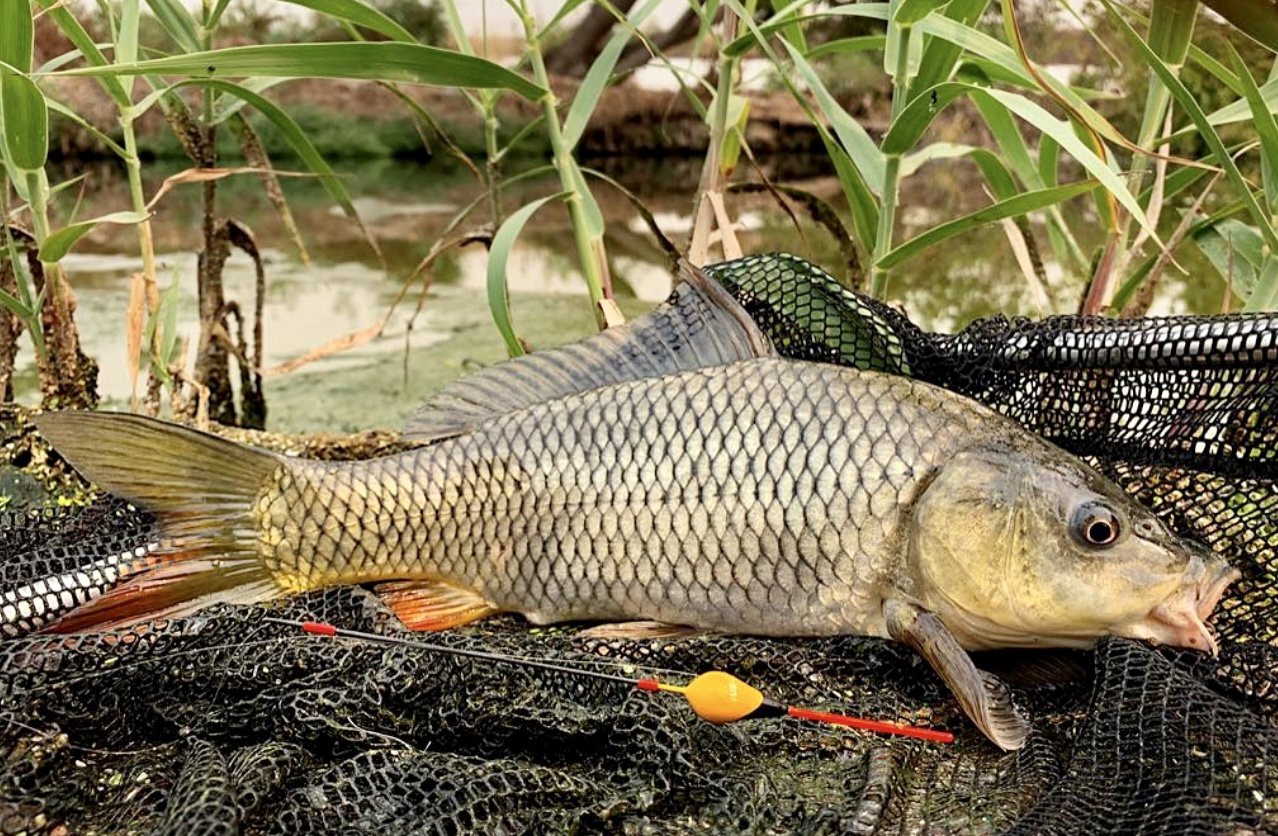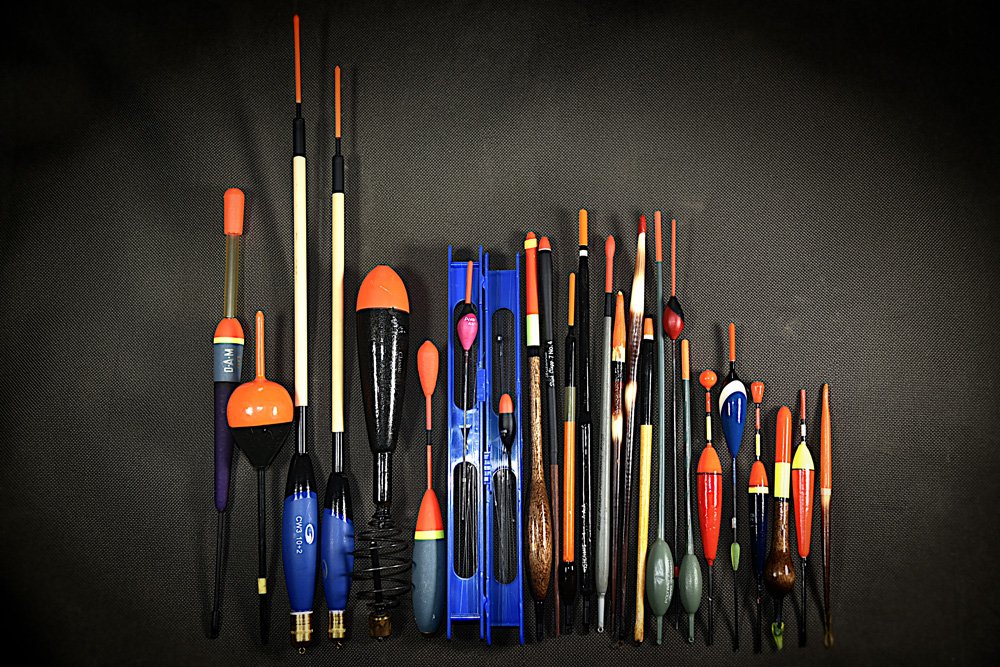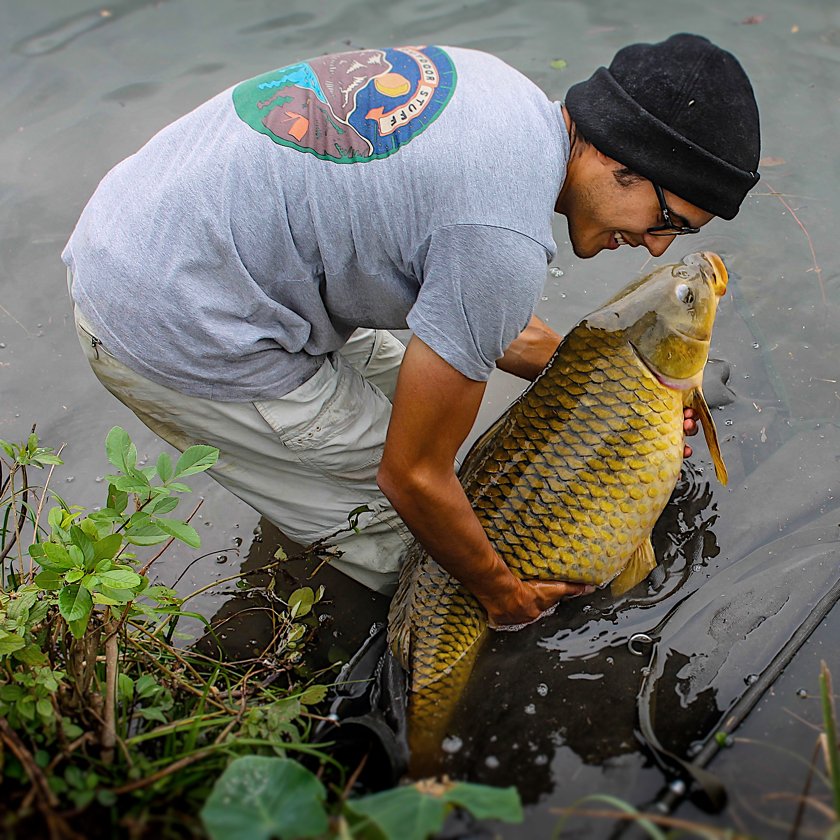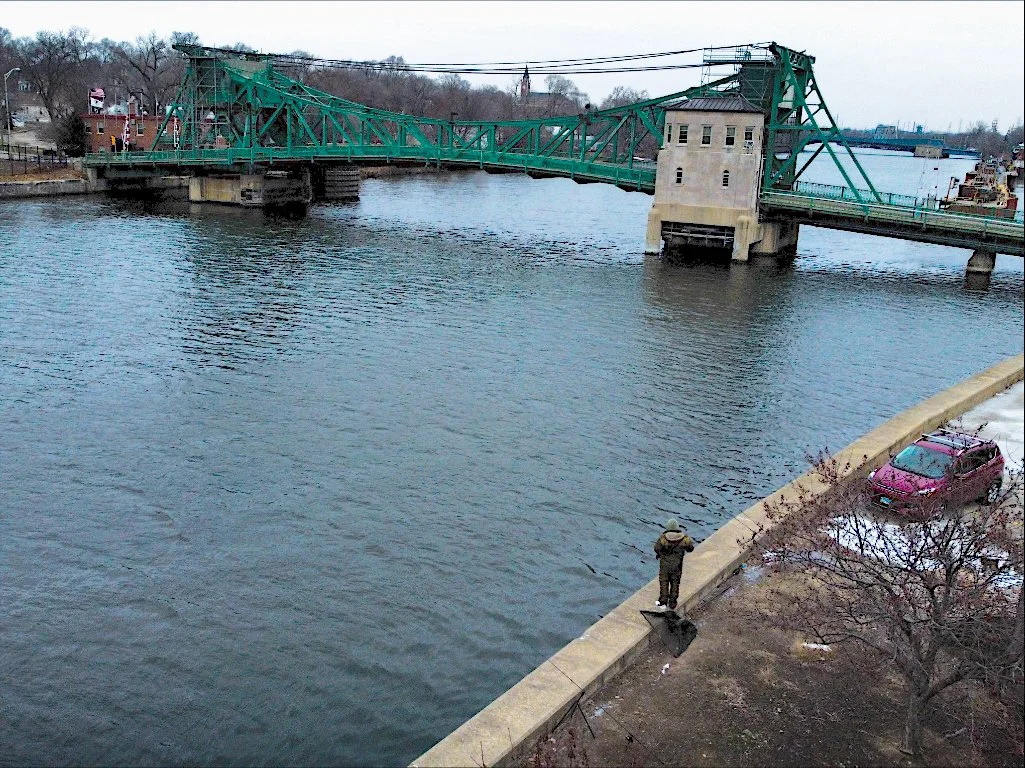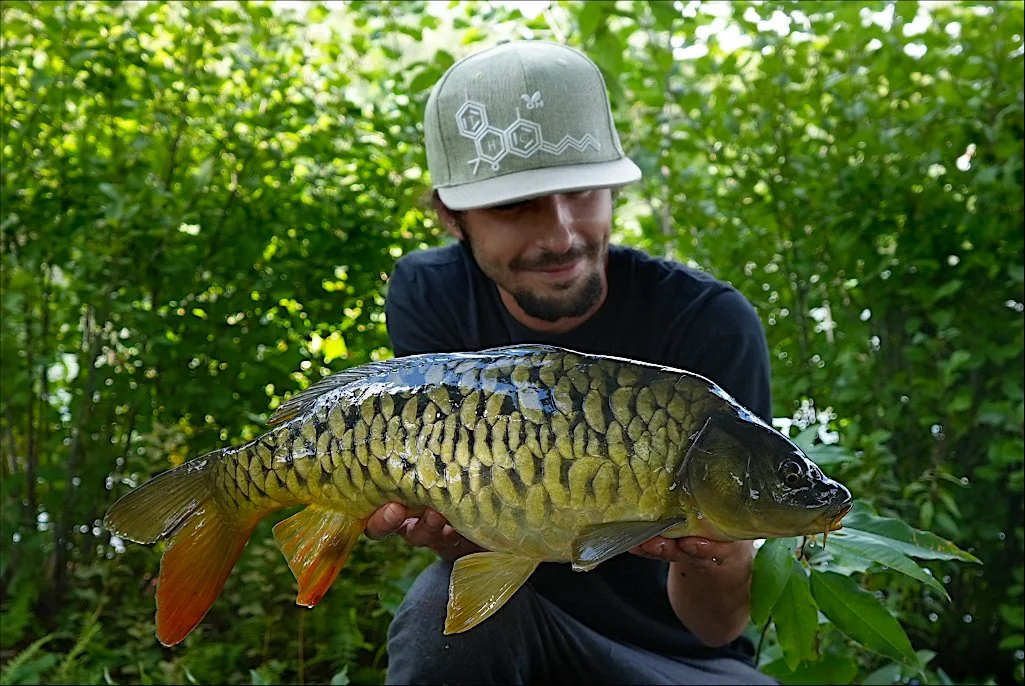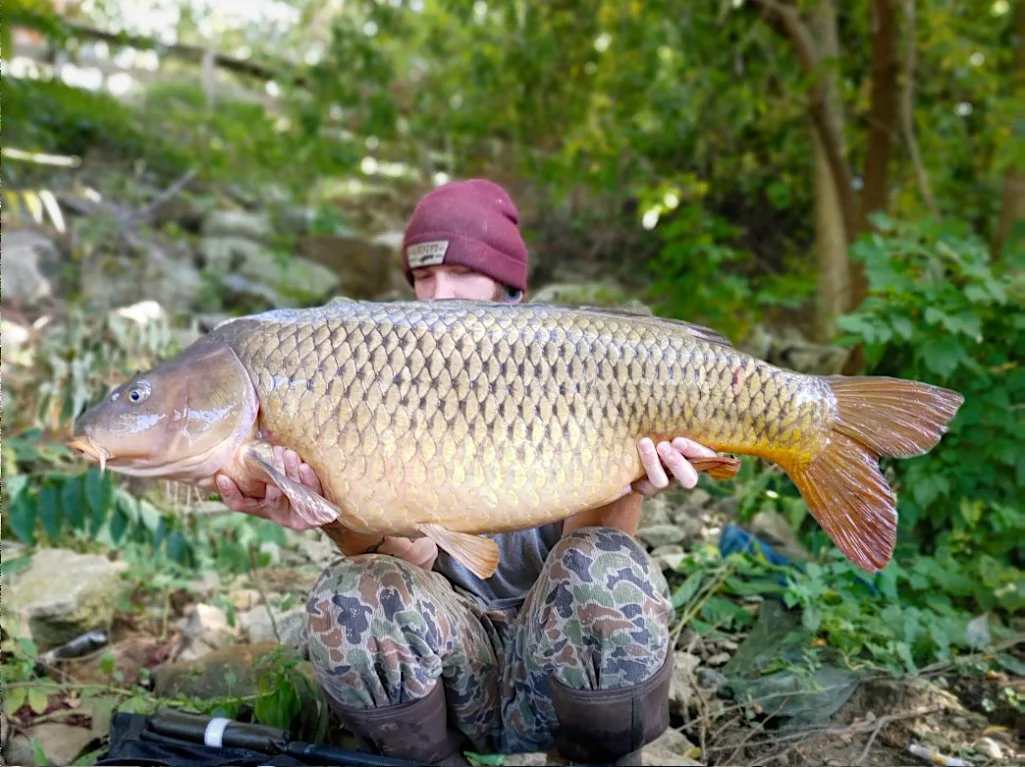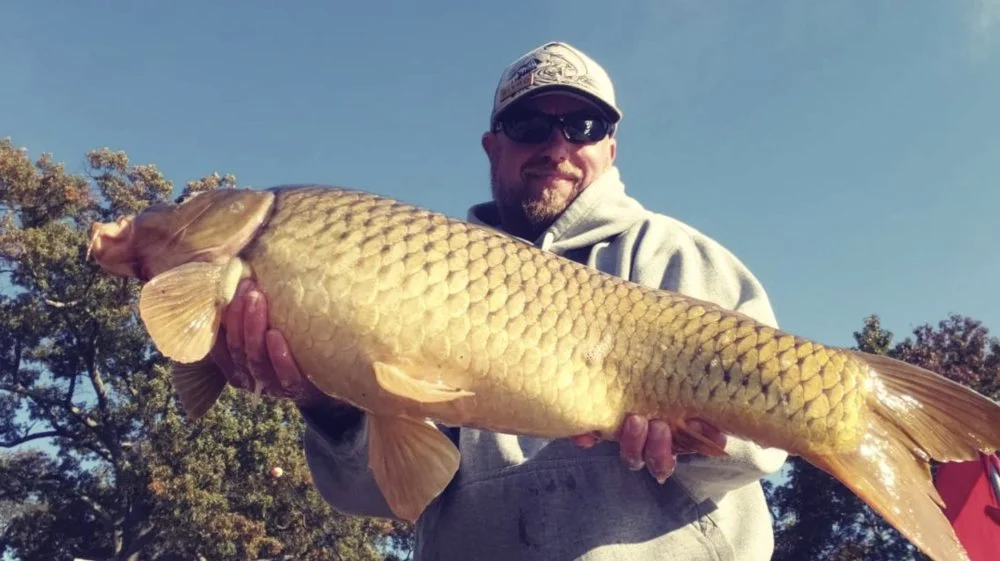USA Carp Angling Intro - Part 1
by
Wayne Boon
Dear Angler,
Hello and welcome to the first in a series of articles I’ve written that are designed to introduce and instruct anglers on the new age of Carp Angling… Note: Please don’t hesitate to share this series of blogs with your fishing friends as an educational tool.
I’ll start this month with some history and simple methods for locating and catching carp using gear that you probably already use to catch other species; In the following months we’ll be covering all the advanced gear, tackle, baits and tactics that the top carp anglers from around the world employ to catch their trophy catches
Right from the kick-off here, we need to differentiate our quarry, cyprinus carpio from the so called “Asian carp” (Bighead, Silver and Grass or White Amur) the former two are actually the filter feeders that are causing havoc across the mid-West right now and the White Amur feeds on aquatic vegetation.
Those three fish are often confused with and thrown into the collective “Carp” terminology by anglers around the country with the convenient support of their State’s Fish & Game department.
To be clear, the Bighead, Silver and Grass or White Amur are in no way shape or form even remotely related to the Common Carp (cyprinus carpio) or it’s history.
Smallmouth, Bigmouth and Black Buffalo also fall far outside of the designation/categorization of “Carp” but I’d love to spend an article on them sometime in the future…
So, when I or we (The American Carp Society) mention Carp, we’ll be talking about the only true Carp species, cyprinus carpio which incorporates Common carp, Mirror carp (includes Leather, Linear & Fully Scaled) and the decorative, colorful Koi carp only.
History of the Carp in the US
Getting back to our main subject, cyprinus carpio: This awesomely intelligent, challenging and world renowned sports fish was intentionally introduced all across the United States starting in the 1870s by the U.S. Fish Commission as a food fish to stave off starvation and fish population crashes as immigrants moved West...
The Commission was appointed by President Ulysses S. Grant in 1871 to perform extensive studies and reports to gauge the seriousness of the native fish population crashes and to find solutions. The Smithsonian’s own Dr. Spenser F. Baird was chosen to head up the Commission and in the following years, published major reports pointing to over harvesting by the ever expending European immigrant populations of the time along with serious man made changes to the fish’s natural habitats.
However, the commission very soon understood that it would have been political suicide to fully publish their findings and recommend that pollution, commercial fishing, wetland drainage and logging etc. be limited as the reports had concluded be part of the solution, so it was decided to look for a suitable replacement fish that would be worthy of cultivation.
At this stage, Dr. Baird was receiving 2000 letters per year requesting carp for breeding programs via his Commission’s headquarters; the new Americans, the European immigrant populations were pining for their favorite food fish. This triggered further studies that eventually concluded that “No other species except the carp (cyprinus carpio) promises so great a return in limited waters…” Carp (cyprinus Carpio) showed that it would reproduce well, grow rapidly, was adaptable to nearly all the environments that could be found across the nation, pose no harm to existing species and processed fine table qualities that many of the immigrant populations were well accustomed to back in their motherlands…
A few hundred carp were brought over from Germany and bred in Baltimore, MD and Washington D.C., these few fish were the genesis of the largest ever governmental fish breeding and distribution programs the world had ever seen! Distributed from coast to coast with much fanfare, carp helped feed a growing population, even finding itself in the best dishes served up by the finest hotels in the biggest cities around the country. At it’s peak, over 36 million pounds of carp were commercially harvested per year in the US!
Of course this “savior” fish didn’t keep it’s elevated status for too long as the Ocean fishing industry picked up it’s marketing game. The Oceans were seen as a far cleaner water source for food than the polluted lakes and rivers. Added to this fact was American carp farms had often tried to turn a quick buck and would place carp in anything that held water. These shallow ponds with stagnant muddy water produced inferior and muddy tasting fish, whereas back in the old world, European fish farmers prided themselves in raising their carp in pristine waters that provided a great tasting fish. Thus the decline of cyprinus carpio as a safe, clean food source.
Carp soon became the “poor-man’s fish” with all the connotations of a trash can diving hobo…
Outside of commercial fishing, carp are rightly recognized worldwide as a very learned, intelligent specie with awesome strength, size and sporting qualities. These attributes haven’t been lost on individuals angling for carp in the United States over the years either…whether angled for food or sport, this fish has been a popular quarry for generations of our citizens going back to the turn of the 19th century.
Introduction To Carp Fishing
By way of an introduction to the art of Carp Angling, I’ll cover some of the basic topics and concepts needed for an angler to enjoy success at the water. More in depth techniques and strategies for targeting carp will be published in future blogs here in the coming months… So please do stay tuned regardless of your current level of experience.
Lets talk about where carp can typically be found and how to catch them in the last half of this month’s installment.
Outside of the cold Winter months, carp can be witnessed in lakes jumping early in the morning just as the sun is rising and also late evening just before the sunsets. If you cannot see them you will certainly hear them as they ‘crash out’ with quite a splash just as the light is fading at the end of the day giving vital clues as to their whereabouts and feeding patterns etc.
Carp usually patrol the margin areas early morning and late evening in rivers and lakes foraging for food and can be caught near reed beds, lilies and most structure relatively easily at these times of day but they can be caught in all depths of water from a foot to 30 feet or more. Warm water inlets to lakes and ponds are excellent areas to find carp as the flow of new water brings with it an ongoing supply of food for them along with extra Oxygen in the warmer months. They are naturally shy fish and are easily spooked so other good areas to find carp also are ‘shelves’ or ‘drop offs’ where shallower water ‘drops off’ to a deeper area where the fish will feel safe.
Locating natural food sources for the carp will also help to locate them. They feed primarily on snails, shrimp, water beetles, various larvae and some plant seeds/tubers. The larger specimens also eat Crayfish and mollusks like freshwater Clams & mussels, along with both Zebra and Quagga mussels. So natural areas where these can be located are a good start. Clear patches amongst weeds and gravel can signify a carp feeding ‘zone’. Areas of high-density weed are also good areas to find carp. Carp are opportunists and won’t be far from your local duck feeding location on the local pond.
How To Catch Carp?
Although carp feed at all depths of the water table, they’re more likely to be found looking for food on the lake and riverbeds during the day, so this is the best place to start.
Free-lining: The easiest way to catch carp is to go to the local pond with a loaf of bread, a single number 6 or 8 hook and some 10lb line to a pretty stiff rod and you are ready for action! Simply squeeze some bread on the hook, leaving the hook point free, briefly dunk the bread once in the water to add a little weight and then, quickly but gently cast out… Carp up to 10 lbs are relatively easy to catch very close to the shore and virtually all carp fishing is done from the bank.
There is no need for expensive tackle and boats. On some occasions, you may need some patience but feeding or ‘chumming’ (where legal) an area prior to fishing always helps. If the locals feed the ducks, that is the best place to start as the carp will be used to feeding on bread on that location.
Alternatively, 3 or 4 kernels of canned sweetcorn (bought from your local grocery store) threaded directly onto the hook and cast out with or without a small sliding egg sinker/weight will certainly produce a carp if they are there feeding in the area you are fishing.
Float Fishing: As mentioned above, Bread can be molded around a hook and ‘free lined’ into an area with no float (bobber) or weight and the angler can just watch the line; this is a great method for ponds and very small areas of water, however one of the most exciting methods of catching carp is to use a small float (Bobber) as the indicator.
Mold the bread to the hook with just the point showing and set the depth of the float so that the bait sits on the bottom of the lake bed or pond or alternatively, use a few kernels of sweetcorn or cooked Maize. Make sure that the clutch of the reel is set loose so that the fish can take line when hooked.
Once you have found a spot, whether near some reeds, lilies, under a tree or just a few feet out from the shore where the water gets a little deeper, cast your line and if legal in your state, immediately introduce few free offerings to get the fish feeding. Either a handful of sweet corn or a few pieces of bread (rolled up so that it will sink) will work and give it a few minutes for the fish to find the bait. Keep very close attention to the float as a take can be so fierce that it will literally have the rod being pulled from your hands. As soon as the float disappears lift into the fish…
Tackle to Use:
Any fishing tackle can be used to catch carp although a longer rod is better suited to float fishing from the shore because they allow more leverage when playing a fish and will assist when casting from the shoreline.
8-10ft is a good-sized rod for a young angler, 12ft for an adult; 8-10lb line strength is recommended and a number 6-10 single hook. Traditionally a fixed spool reel with a ‘bail-arm’ is used for float fishing though bait caster style reels can of course be used. If you are float fishing then a ‘European’ style ‘waggler’ float is recommended over a traditional bobber. Wagglers are much thinner in the shape of their body and much easier to cast with accuracy. They also have better indication on bites for the carp fisherman. They can now be found in most fishing tackle stores.
Here is a typical small float caught carp that I tempted using an ultra lite pole float on a Los Angeles area park lake.
And below that, just to show you the vast array of float types that exist is a nice collection of floats that would cover most angling conditions we could find across the US.
Alternatively, if you already have a 6 or 7ft medium action spinning rod (3/8 - 1oz lures) or similar sitting in the garage at home, just rig it up with a sliding egg sinker weight with a bead to stop the sinker from hitting the knot (see photo below); using the line, hook and bait advice above. An even better approach is to have the bait threaded onto a hair rig that I’ll be covering next month…
Carp can readily be caught from most waters here in the USA.
Baits to Use:
As above, a great place to start is to use Sweet corn or bread as they are two of the best baits to use for carp. Nightcrawlers (earthworms) and other natural carp foods such as seeds, nuts and some fruits if they naturally occur on the banks of the water that you fish are excellent. Dough baits made from mixing breakfast cereals with syrups are also a good place to start. There is lots of good bait related information on our website.
For bigger fish and longer fishing sessions, hard boiled baits or ‘boilies’ as they are known are excellent to use on a hair rig (I’ll describe boilies and show the mechanics of the hair rig in next month’s installment).
Catch & Release:
To preserve the fish for others to enjoy, especially those larger than 10 - 15 lbs, it is important to release the fish unharmed. Who knows you may catch her or him again in the future as a 40 lber! Catch the carp, have fun and take some pictures to post on the Internet/Social Media platforms to show your friends but always put the care of the fish first.
Thanks for taking to time to read this brief over view of the basics. I’ll be getting more in depth and further into the meat and potatoes of carp angling in the coming months.
Good luck out there!
Wayne
Founder - American Carp Society
About Our Organization:
The American Carp Society was formed in 2002, with the goal of promoting and educating the public on the sport of specimen Carp Fishing in the USA.
The Common Carp (cyprinus carpio) is one of the hardest fighting freshwater fish in the world and is now being pursued by anglers of all persuasions, from fly fisherman to dedicated Specialist Carp anglers as a sport fish. The American Carp Society is a membership based organization and is responsible for promoting the sport and ensuring careful stewardship of both the specimen fish and its environment for the future generation of American Carp Anglers.
Website: www.americancarpsociety.com
Email: info@americancarpsociety.com
Instagram: www.instagram.com/american_carp_society

